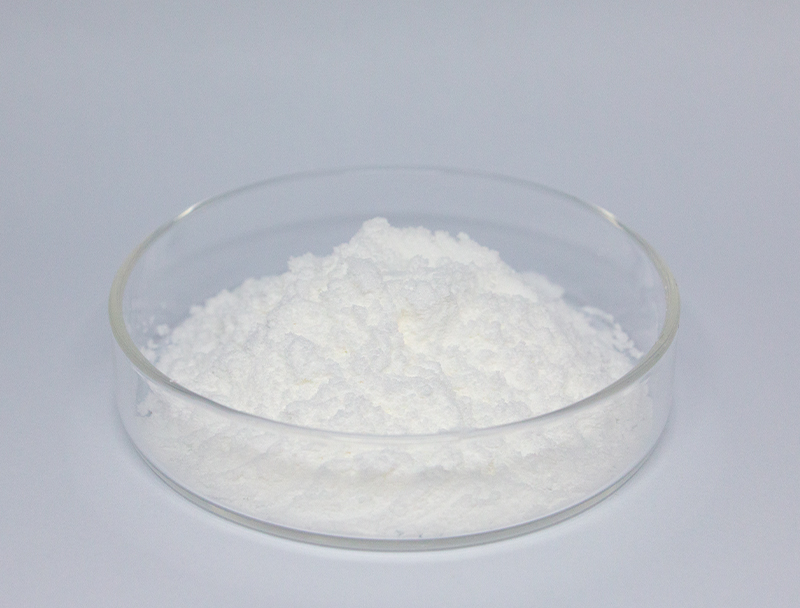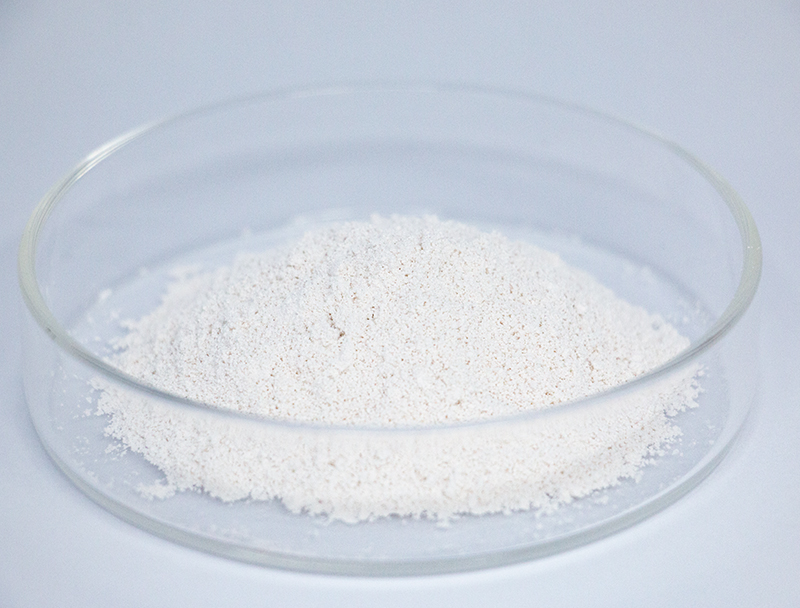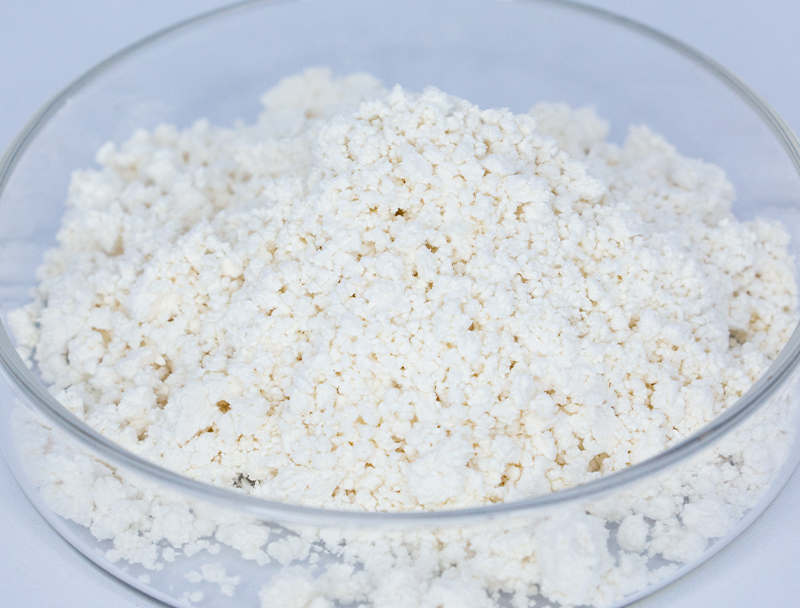
Industrial biosynthesis counts extensively on a plentiful suite of primary inputs to yield progressive bio-based commodities.
Guaranteeing durable supply chain sourcing remains essential to industry resilience and responsible expansion.
various risks tied to conventional feedstock acquisition such as soil erosion and unchecked resource extraction. Consequently, biotech firms need proactively to adopt sustainable procurement approaches to reduce environmental impact.
- Situations demonstrating ethical sourcing encompass:
- Employing waste-stream inputs from industry leftovers
- Applying zero-waste frameworks to limit waste and optimize resource use
- Building relationships with nearby vendors dedicated to moral sourcing
Such a move to ethical procurement delivers ecological gains and commercial returns over time.
Improving Biomass Inputs to Boost Biofuel Yields
Maximizing the efficiency of biofuel production relies heavily on the quality and composition of biomass feedstocks. Analysts tirelessly probe advances to elevate feedstock conversion, leading to higher yields of biofuels and a more sustainable energy future. Efforts pair genetic enhancement for feedstock abundance with advanced pretreatment to produce usable sugars.
- Additionally, researchers are focusing on identifying new sources of biomass, such as algae, waste products, agricultural residues, to expand the range of sustainable feedstocks available for biofuel production.
- By means of ongoing innovation the biofuel sector can achieve substantial advances soon, shaping a cleaner energy future.

Transformations in Upstream Biopharma Workflow Design
involves foundational activities from cultivation to biomass harvest Recent advances in this domain have led to improved production processes, ultimately increasing product yield.
Notable improvements feature new expression systems, refined media recipes, and automated reactor platforms. The improvements increase output while decreasing cost structures and sustainability impacts.
- Additionally, a shift to integrated continuous operations is providing enhanced flexibility and responsiveness in production.
- The adoption of higher-tech manufacturing practices will likely disrupt traditional models and speed therapeutic launches.

Genetic Engineering Innovations for Higher Therapeutic Yields
evolutions in genetic modification techniques have optimized therapeutic biosynthesis. Using precise gene interventions, engineers raise the output of key therapeutic proteins. This route supports the creation of more affordable and productive treatments for multiple disorders.
Leveraging Microbes to Tackle Environmental Pollution
innovative solutions for sustainable bioremediation, a critical process for addressing environmental pollution. Various microbial strains are capable of breaking down toxins into safer constituents.. Utilizing microbial metabolism supports eco-friendly site cleanup methods that limit secondary harm from remediation.. Researchers screen diverse microbial taxa for metabolic pathways suited to remove heavy metals, pesticide residues, and hydrocarbon contamination.. Microbial strains work in bioreactor settings or on-site applications to convert pollutants through biological pathways..
Microbial-based approaches to remediation bring considerable advantages over traditional solutions. This method provides a low-cost, low-waste alternative to conventional remediation. Likewise, microbial systems can selectively degrade contaminants while sparing the wider environment. The field is rapidly refining methods to make microbial remediation more efficient and broadly effective.
Data-Driven Approaches for Therapeutic Development
Bioinformatic tools play an increasingly crucial role in the modern landscape of drug discovery and development. From predictive screening to lead refinement, computational biology underpins more efficient drug pipelines.
- By analyzing vast datasets of genomic, proteomic, and clinical data, bioinformaticians can uncover novel drug targets and predict the activity of potential therapeutics.
- Moreover, bioinformatics contributes to drug design by simulating the interactions between drugs and their targets, ultimately leading to the development of more effective drugs.
- In summary, bioinformatics overhauls pharmaceutical R&D and quickens the path to safe therapeutics for patients.
Engineering Cellular Pathways for Improved Bioproduct Output
integrates multiple methods to augment cellular production of target bioproducts. Strategies involve pathway refactoring by genetic modification, expression modulation for balanced flux, and grafting of novel genes to add capacity.. By fine-tuning these processes, engineers can significantly increase the yield of desired bioproducts.
This combined approach has capacity to change industries from drug manufacture to food production and bioenergy.

Barriers and Benefits When Expanding Biopharmaceutical Manufacturing
Transitioning to higher volumes entails serious complications and potential rewards. Sustaining uniform quality across expanded production capacity is a principal challenge. This requires robust process control, precise monitoring, and sophisticated analytical techniques.

Additional α-Ketoglutaricacid complexity arises because biopharma production entails many coordinated stages.. Adapting protocols for industrial scale requires considerable development work and engineering advances.. Nevertheless, the upside can be significant. Well-executed upscaling can improve therapy access, decrease costs, and enhance economic performance.
A series of measures are underway to confront these obstacles. Approaches include cutting-edge process optimization tech, comprehensive analytics for control, and disruptive manufacturing designs.
- Innovation programs are essential to expand production competencies.
- Regulators are reforming approval systems to facilitate adoption of advanced manufacturing and nurture innovation.
Regulatory Strategies for Biopharma Compliance and Patient Protection
Developing biologic treatments requires exacting oversight to ensure consistent safety and efficacy. Biologic therapeutics bring unique regulatory and manufacturing demands unlike traditional pharmaceuticals.
Authorities including the FDA and EMA implement guidelines and thresholds to assess and approve novel biologic products.
Extensive evaluation procedures are essential across development phases, spanning preclinical work to post-market checks.. The protocols serve to uncover safety concerns and certify that products fulfill rigorous protection standards..
Also, governing institutions evolve their strategies to respond to swift advances in biopharmaceutical science.. This includes embracing novel technologies and facilitating the development process while maintaining a commitment to patient well-being.

Assessing Plant Biomass Pathways for Bioplastic Innovation
Growing emphasis on eco-conscious materials catalyzes research into plant-based options. Bioplastics produced from plant biomass form a compelling option for lowering environmental footprint. Organic feedstocks like cornstarch, cellulose, and sugarcane can be converted to compostable polymers that shrink the environmental footprint of plastics.
In addition, certain bioplastics match performance of petroplastics, enabling broad applicability in multiple sectors.. Ongoing studies and technology development are vital to exploit plant feedstocks for bioplastics and foster a circular economy.
Biotechnology's Impact on Global Health and Food Security
Biotechnology equips researchers with methods to tackle health crises and bolster food availability. Using genome engineering, synthetic biology techniques, and cell-based treatments, innovators devise ways to tackle pathogens, amplify yields, and improve nutrition.. A concrete example includes modified crops engineered for pest and stress tolerance that yield more while decreasing pesticide needs. In addition, the field produces vaccines, treatments, and diagnostic tools that are central to fighting infections and improving health worldwide.. Looking forward, continued biotech progress promises to deliver therapies and agricultural solutions that support health and sustainability worldwide.
